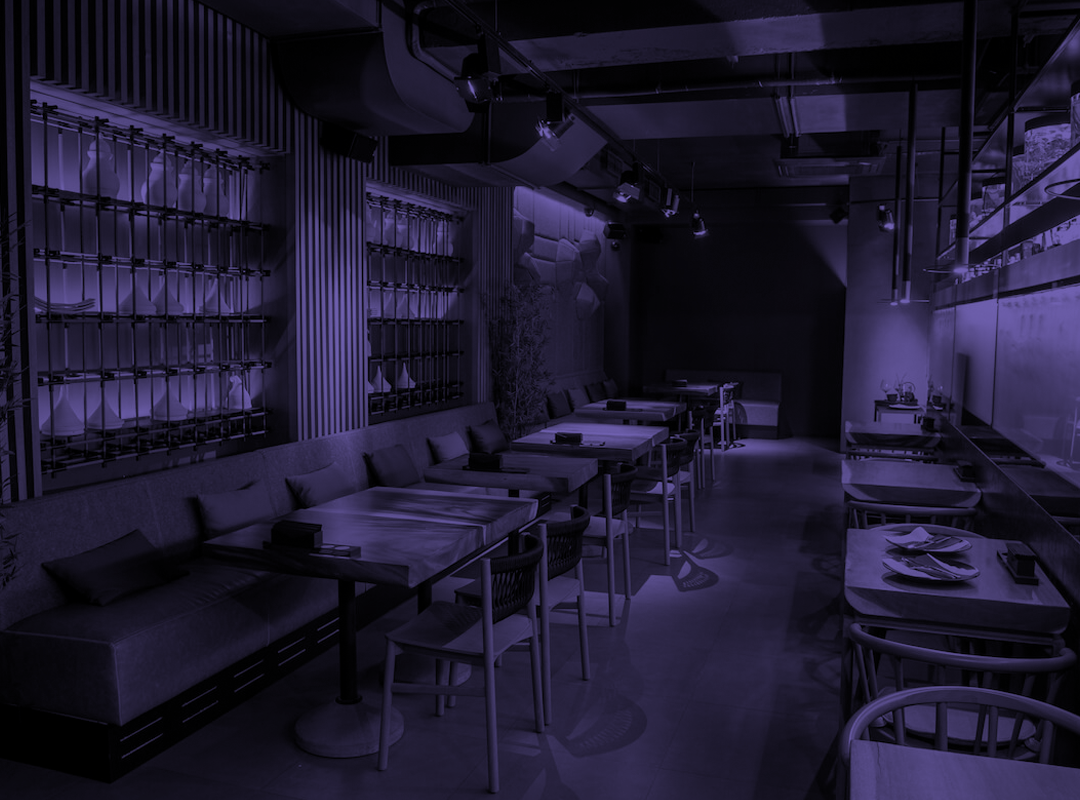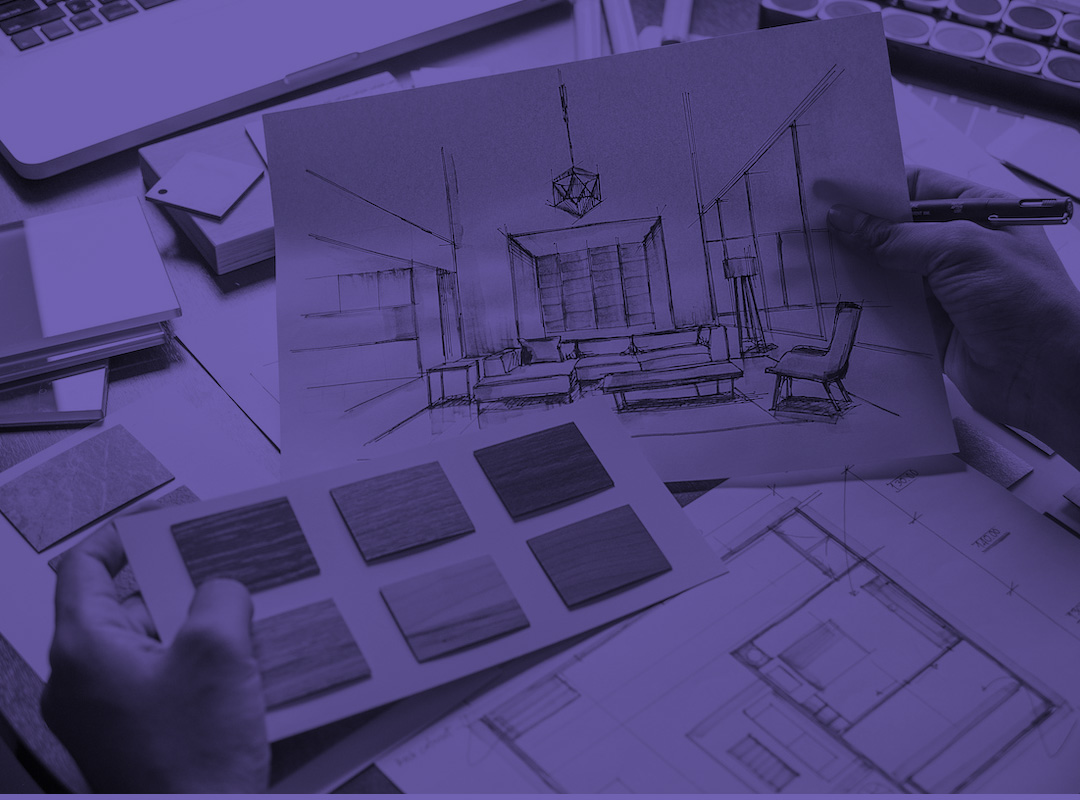Restaurant interior design in the UAE is essential to establishing its identity and appeal to a wide range of guests. In a competitive and culturally rich hospitality market, restaurants are adopting distinctive design styles that reflect both local traditions and global influences.
The main interior design styles that are commonly found in the UAE restaurant landscape.
Traditional Arabic Style is characterized by Arabic architecture and cultural heritage, which are deeply rooted in many restaurants across the UAE. This style features elements such as geometric patterns, carved woodwork, arched doorways, mashrabiya screens, and rich textiles. Warm lighting, ornate lanterns, and intricate detailing evoke a sense of luxury and authenticity. This approach is especially common in restaurants offering Emirati, Levantine, or Moroccan cuisine, often located in heritage areas or upscale hotels.
Contemporary Minimalism is a growing trend, as many UAE restaurants embrace a refined minimalist aesthetic. Neutral palettes — beige, taupe, gray — and clean lines create a polished, modern ambiance. Purposeful furnishings and streamlined layouts cater to guests who appreciate understated elegance. This design style is especially prominent in international cafes, health-focused eateries, and boutique dining spots in shopping malls or urban developments.
High-Tech and Futuristic Concepts are increasingly integrated into restaurant interiors in the UAE, particularly in major cities like Dubai and Abu Dhabi. Interactive digital menus, lighting automation, and projection mapping are used to create immersive experiences. Tablet-integrated tables, smart sound systems, and augmented reality add innovation and functionality. This style aligns well with concept restaurants, food halls, and experiential dining destinations.
Luxury Glamour with Bold Accents defines many fine dining interiors. Opulent spaces featuring deep jewel tones — emerald, ruby, sapphire — and metallic finishes in gold or brass convey sophistication and exclusivity. Custom art, textured walls, and dramatic lighting add a strong visual identity. This design style dominates the fine dining segment and upscale lounge venues, especially those located in luxury hotels, rooftop spaces, and entertainment zones.
Natural and Eco-Friendly Design is gaining ground in the UAE, as eco-conscious restaurants turn to natural materials like bamboo, stone, and reclaimed wood. This style often emphasizes sustainability, simplicity, and a connection to nature. Although it has not become widespread, it is increasingly seen in modern concept restaurants in new urban areas. The use of earthy tones and natural textures helps create a calming, grounded environment.
Cultural and Environmental Adaptations also play a significant role in shaping restaurant interiors in the UAE. Many restaurants — especially in conservative emirates — include private family zones or enclosed seating areas to respect social customs. Additionally, the high concentration of restaurants in malls, hotel lobbies, and beachfront areas affects layout and design, requiring creative approaches to visibility, ventilation, and transitions between public and private space. Outdoor terraces, misting systems, and UV-resistant materials are commonly used to accommodate seasonal changes.
The variety of interior design styles in UAE restaurants reflects the complexity of the local culinary scene, where tradition is combined with innovation, and global trends are combined with local expectations. From luxurious Arabic—style spaces to elegant, minimalist and high-tech restaurants, the UAE offers a wide visual and cultural spectrum that transforms restaurant interiors into key competitive advantages.


